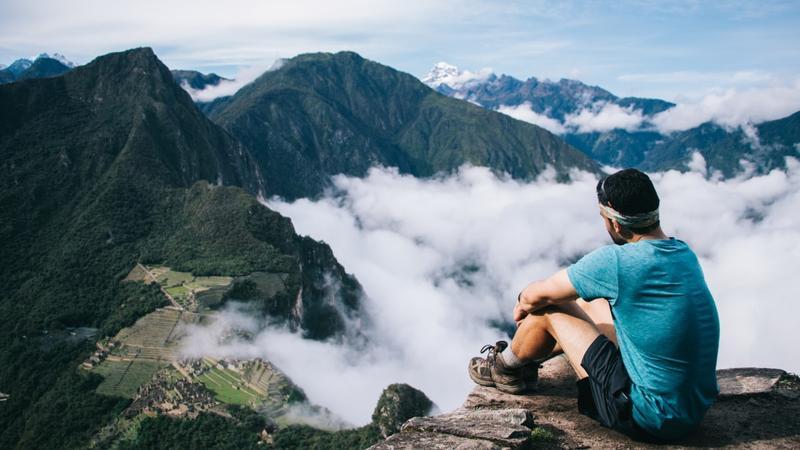If you're an adventure-seeker, you may find yourself at high altitudes – after all, some of the best views are at the top! However, if you're not careful, you can fall prey to altitude sickness and ruin the fun.
Here are six ways to stay on top of altitude sickness while you're on top of the world.
1. Stay Hydrated
Drinking water is one of the most important ways to prevent altitude sickness. Even if you're not thirsty, you want to get ahead of any symptoms.
It’s also helpful to avoid any substances that will dehydrate you. It’s especially important to avoid alcohol, which can worsen altitude sickness. To be safe, stick to water.
2. Arrive a Few Days Early
If you're going to hike at high altitude, consider getting to your new destination a few days early. Much of Canada lies at relatively low altitudes, so jumping on a plane and immediately exerting yourself thousands of meters higher can be dangerous.
If you're planning on hiking somewhere like the Andes in South America, it can be helpful to get used to the higher elevation before exercising. For example, many people fly into Cusco, Peru (elevation 3,400 meters) before starting treks through the mountains to Machu Picchu.
3. Climb Slowly
Changes in air pressure and oxygen make high altitudes difficult. The England National Health Service suggests travellers climb no more than 500 meters on any given day. They also recommend taking a rest day for every 900 meters of elevation gain. Other sources are a little less strict, but it's better to be safe than sorry.
4. Eat Carbohydrates
When you're climbing at high altitude, your body burns a lot of calories. It's important to stay fueled with easily digestible carbohydrates. You want enough energy to get to the top.
